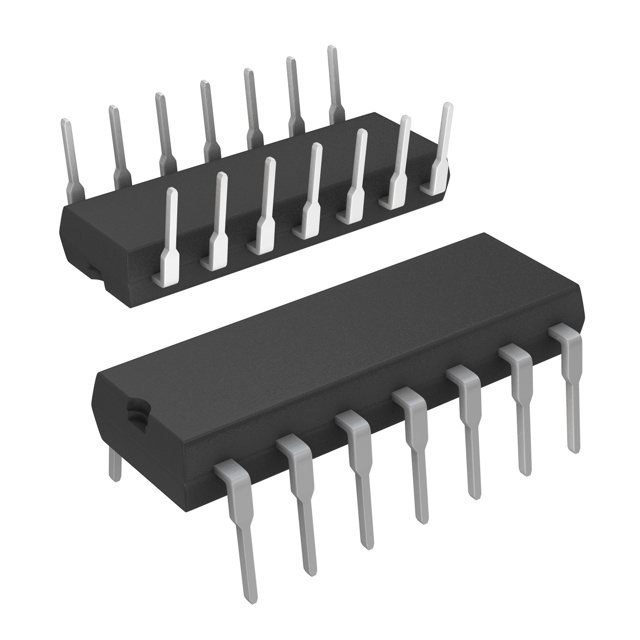In Stock : 0
Please send RFQ , we will respond immediately.









DM74S133N Specifications
-
TypeParameter
-
Current - Quiescent (Max)-
-
Package / Case16-DIP (0.300", 7.62mm)
-
Supplier Device Package16-PDIP
-
Mounting TypeThrough Hole
-
Operating Temperature0°C ~ 70°C
-
Max Propagation Delay @ V, Max CL10ns @ 5V, 50pF
-
Input Logic Level - High2V
-
Input Logic Level - Low0.8V
-
Current - Output High, Low1mA, 20mA
-
Voltage - Supply4.75V ~ 5.25V
-
Features-
-
Number of Inputs13
-
Number of Circuits1
-
Logic TypeNAND Gate
-
PackagingTube
-
Product StatusObsolete
-
Series74S
The DM74S133N is a 13-input NAND gate integrated circuit chip. Here are some advantages and application scenarios of this chip:Advantages: 1. Compact Size: The DM74S133N offers multiple NAND gates in a single chip, which saves space on the circuit board compared to using individual components. 2. Power Efficiency: It consumes low power, making it suitable for battery-powered applications. 3. Ease of Integration: As an integrated circuit chip, it can be easily integrated into various electronic systems. 4. Cost-Effective: The chip is cost-effective, as it eliminates the need for multiple discrete components.Application Scenarios: 1. Logic Systems: The DM74S133N chip can be used in logic systems involving multiple NAND gates. It can provide logical operations and signal processing in various applications. 2. Arithmetic Circuits: This chip is utilized in arithmetic circuits such as adders and subtractors for performing multiple logical operations on binary inputs. 3. Data Processing: It can be used in data processing applications like data encryption, data compression, and error detection/correction, where logical operations are required. 4. Control Systems: The DM74S133N can be employed in control systems to implement logic functions necessary for controlling various processes and functionalities. 5. Digital Communication: It finds applications in digital communication systems for signal processing, decision making, error correction, etc.Note: Please ensure to refer to the datasheet and consult with an electronics professional for precise usage and design considerations.
DM74S133N Relevant information

















